Thinking Outside the Box
Every parent dreams of a stress-free homeschooling experience, but like many things in life, this is much, much easier said than done. It can be a challenge to get your child to focus. Furthermore, there will be more than a few occasions where you don’t think you’re up to the task. Additionally, setting up your homeschool classroom is stressful for many families.
But, this could be because you’re approaching homeschooling the wrong way. Many parents believe they only have the classroom, but you have the entire house (and more) to explore. Here is some advice to help you think outside the box when it comes to your homeschool space.
When you start planning to homeschool, researching homeschool room ideas can be overwhelming. Looking at Pinterest’s perfect homeschool classrooms may make a new homeschool mom feel inadequate when it comes to your homeschool area. As you embark on a new school year, you don’t need the pressure of perfect school rooms distracting you from the truly important things. I intend to help you see that your homeschool space can be perfect without all the bells and whistles.
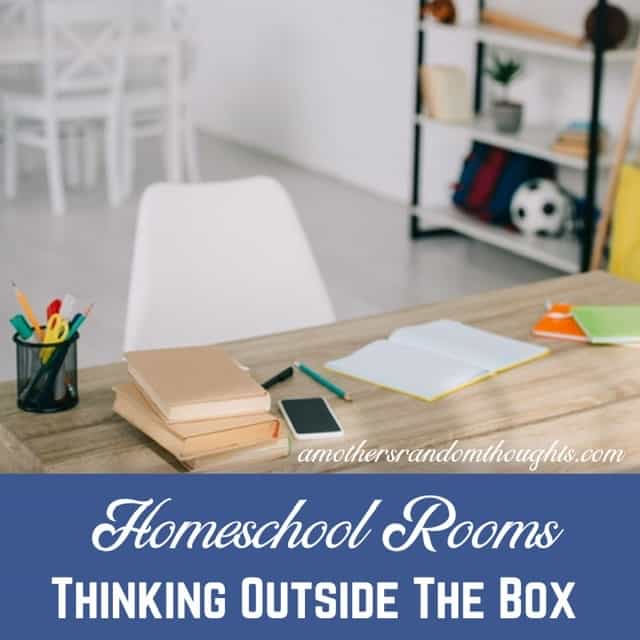
The Advantages of a Specific Room for Your Homeschool Classroom
There are great advantages to having a specific room for your homeschool classroom. If you have a homeschool classroom setup, your children will associate learning with that specific area. You can keep your homeschool materials and supplies in one area which makes homeschool organization so much easier. You can make your work area the perfect space for your family.
Your homeschooling room can be filled with a great storage area with storage bins. An entire room dedicated to homeschooling is something that dreams are made of. Art projects and supplies will not have to be cleaned up every day. This dedicated space can house a bulletin board where you proudly display your children’s works of art. Having an extra room for projects is a plus for everyone, not just homeschool families, but it seems like such a necessary item similar to having a home office. And when you are through the homeschooling years, you can convert this special space into storage for craft supplies or a project room for yourself!
Sounds great, doesn’t it?
Creating Your Homeschool Classroom
Families with big homes can have amazing homeschool rooms. When we were building our home, I wanted a lot of space for bookshelves and had a list of must haves for my dedicated homeschool room. I also wanted a place for my kids to read that had a lot of natural light, so we planned a spacious sunroom with a vaulted ceiling. This was a great idea, however, I didn’t plan for storage space or the fact that the homeschool room was in the basement where it was too cold to spend any amount of time.
Eventually, we fell into a rhythm of morning basket time in the family room cuddled on the couch. The kids did reading in the sunroom, or outside on the deck. I slowly learned that there is no one right place to learn or one way to have a homeschool room setup.
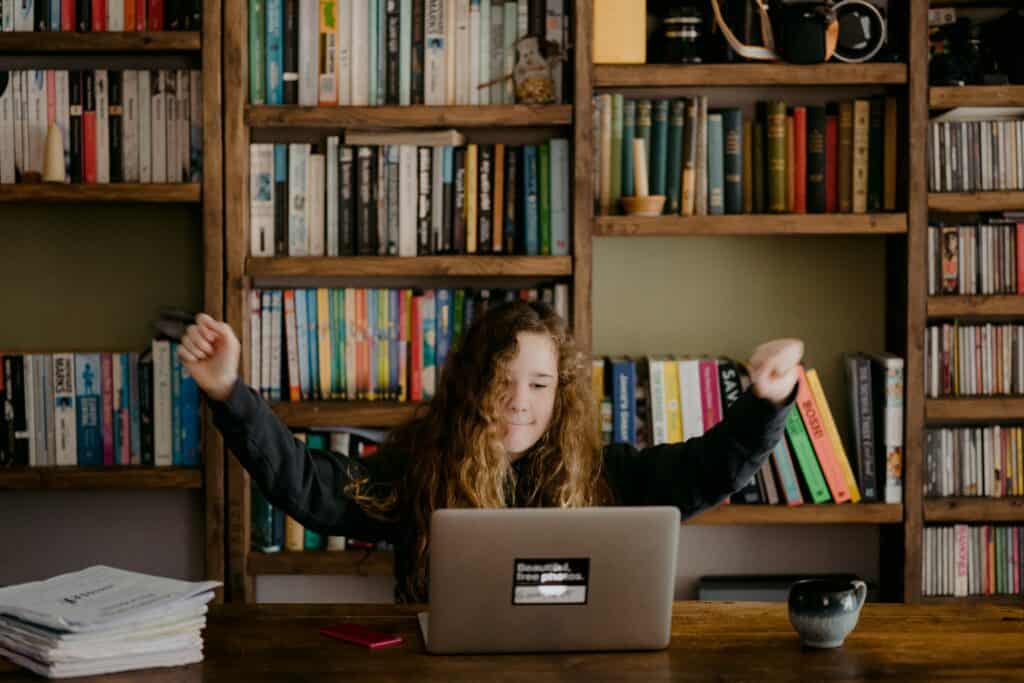
https://unsplash.com/photos/4-4WPFLVhAY
Don’t Feel Confined By the Classroom
Loneliness can affect homeschooling parents as much as it can kids. You might find that you feel confined or even trapped by the classroom you’ve set up. This can affect your teaching and it will impact how successful your child’s homeschool education is.
As much as a dedicated teaching space seems necessary, at the end of the day, it is not something you need to teach your children. You have your entire home and beyond to take advantage of. So, while you can do some work at their desks, don’t be afraid to try another room if it isn’t working.
This change of scenery can be essential for maintaining engagement and preventing burnout. If it can happen to kids at public schools, there’s no reason it can’t happen in homeschooling environments, too.
Stop Thinking You Need a Dedicated Homeschool Classroom
One big mistake first-time homeschoolers make is thinking they need a dedicated homeschool space with desks, a map on the wall, and an American flag in the corner. If you have a small space, this may not be doable, but more importantly, it is not necessary.
Many successful homeschool families never have one learning space, but rather do school where it fits. A kitchen table works great for handwriting. The dining room table can double as a science area. Clear out a kitchen cabinet to keep art supplies and get a picnic tablecloth and cover the table for art class. Keep school books in containers hidden under the couch. Clear out a small closet for homeschool supplies.
Utilize Small Spaces
Thinking outside the box means utilizing small spaces. Math manipulatives can be kept in a basket behind the couch. If you have several children, but very little space, you can put a small desk in the corner of your living room, and this can be a great way for young children to color while you work with the older kids.
If your older children are looking for a quiet space, a bean bag chair in their bedroom can be a special place to read.
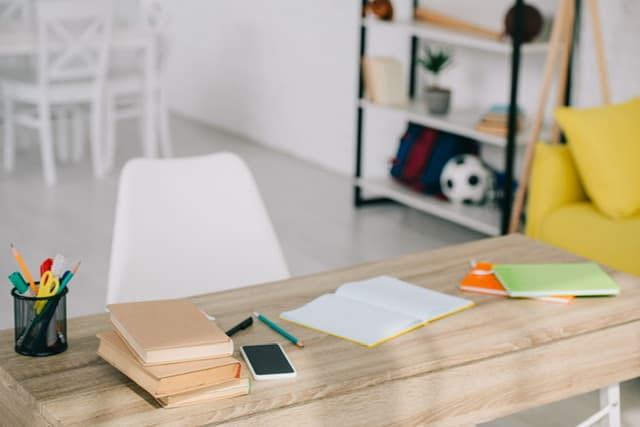
School Can Be Done Anywhere at Any Time
Too often homeschool parents think of public school when they begin to educate their children. Your homeschool space is yours and it can be as unique as you need it to be. Another thing to remember is that schoolwork doesn’t have to be done during public school time. But school can also be done even in your vehicle while you are driving.
Van schooling is real and the learning experience while driving is a wonderful thing.
Bring Context to Every Lesson
School teachers have an entire stockroom of equipment, accessories, and resources at their disposal. However, homeschool teachers may not have such a privilege. While you could see this as a disadvantage (and it can be), you can also use it to your benefit.
With homeschooling, your home is full of things that your kids are familiar with. This will allow you to easily bring context to every lesson.
If you are covering science, you can use the kitchen to show them reactions, whether it’s dissolving sugar in boiling water or how food changes when it is cooked. This is just one example, though, and you’ll surely figure something else out for other subjects.
Keep It Clean – Use the Whole House As a Homeschool Classroom
Many homeschool parents can use their environment to teach their kids crucial life skills that they wouldn’t always learn at school.
Cleaning is perhaps one of the most important skills you can teach kids, and making this a regular part of your lessons is always useful. While you don’t want to use your kids to do all the house chores, they can help out around the house.
Furthermore, if your home is in dire need of a facelift, you can employ a professional pressure washing service that will make the entire home a brighter and more engaging environment, which will vastly benefit your kids and even show them that cleaning can be fun. My own kids have always enjoyed watching professionals work on our house and it is a great learning time for the entire family.
Use Your Backyard More Often
You may have had lessons outside when you were at school, so it’s not fair for you to deprive your kids of the same experience. If you have a backyard, you can introduce this as part of your homeschool curriculum to teach them about nature or other subjects.
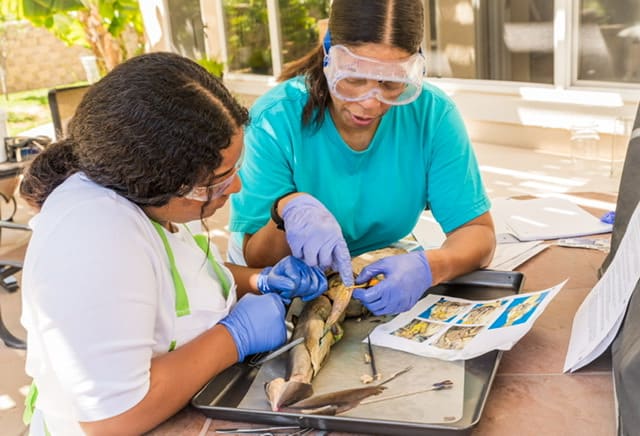
Their time in the garden could involve identifying plants or bugs. You could start projects where you plant bulbs or seeds and watch them sprout over time. It’s always better to have kids witness things like this happening rather than just show a video. Hands-on and live experiences will help their education. Furthermore, these experiences may also spark interest in ways that a video or textbook can’t.
Besides this, a little game of catch or exercise will give them a chance to get some fresh air, which is always great for their development.
Additionally, going outside for art projects incorporates several subjects – nature study (science), painting or drawing (art), and study of shapes (geometry). Also, doing projects outside helps to reduce a mess inside the house. Science dissection outside means fewer guts on the dining table!
Separate Rooms for Different Activities
If you have a spare room that you don’t know what to do with, why not transform it into a separate room for other activities.
Designing a creative space for art or music will help kids get into the zone. Moreover, this will prevent too much noise and mess in other parts of the house, especially if other people are working from home.
You can use this room to paint, draw, or even play if they are still at kindergarten age. By separating it from where they do their regular work, they will go into it with a different attitude, which encourages them to embrace their creative side. Hopefully, they can make something that they (and you) can be proud of to display on the refrigerator.
Making It Matter
If you’re new to homeschooling, it will take some time for you to adapt. Eventually, though, you’ll learn that you can implement different techniques to suit their needs, whether this is inside or outside your home. You can create the homeschool classroom space that fits your family perfectly!
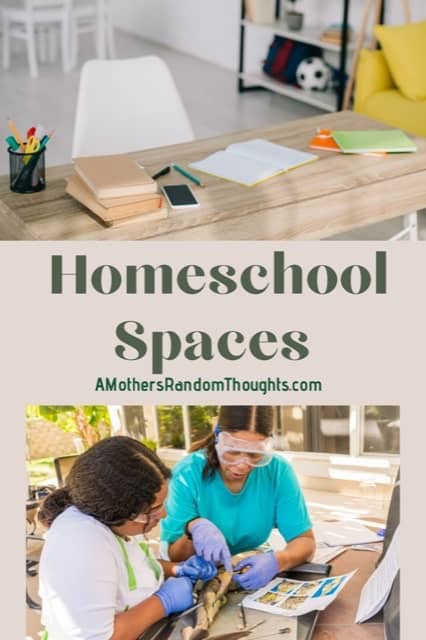

Reviewing movies for parents from a Christian perspective since 2005. Know Before You Go!
Christian Homeschooling mom – 30 years and counting
Autism Mom & Disney enthusiast
